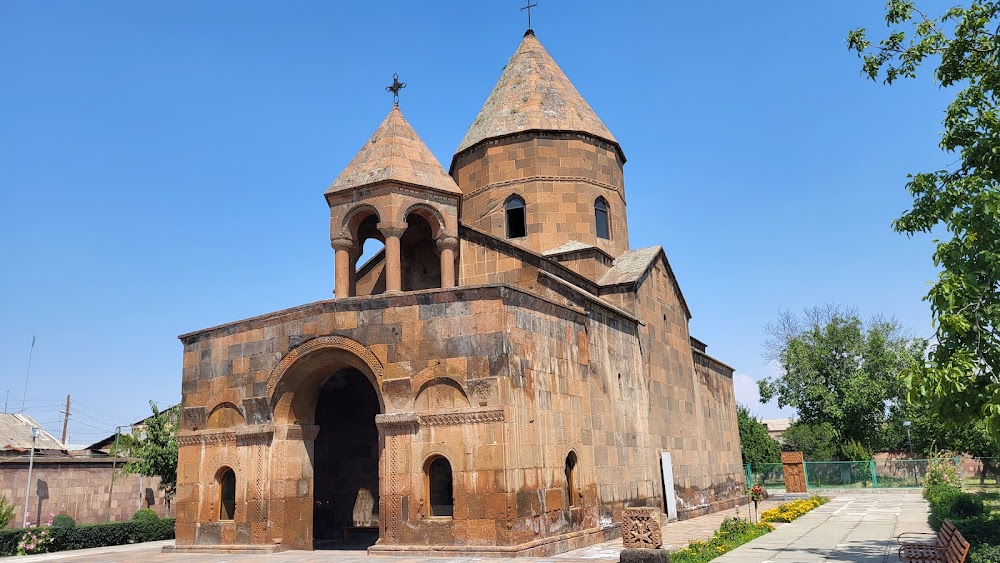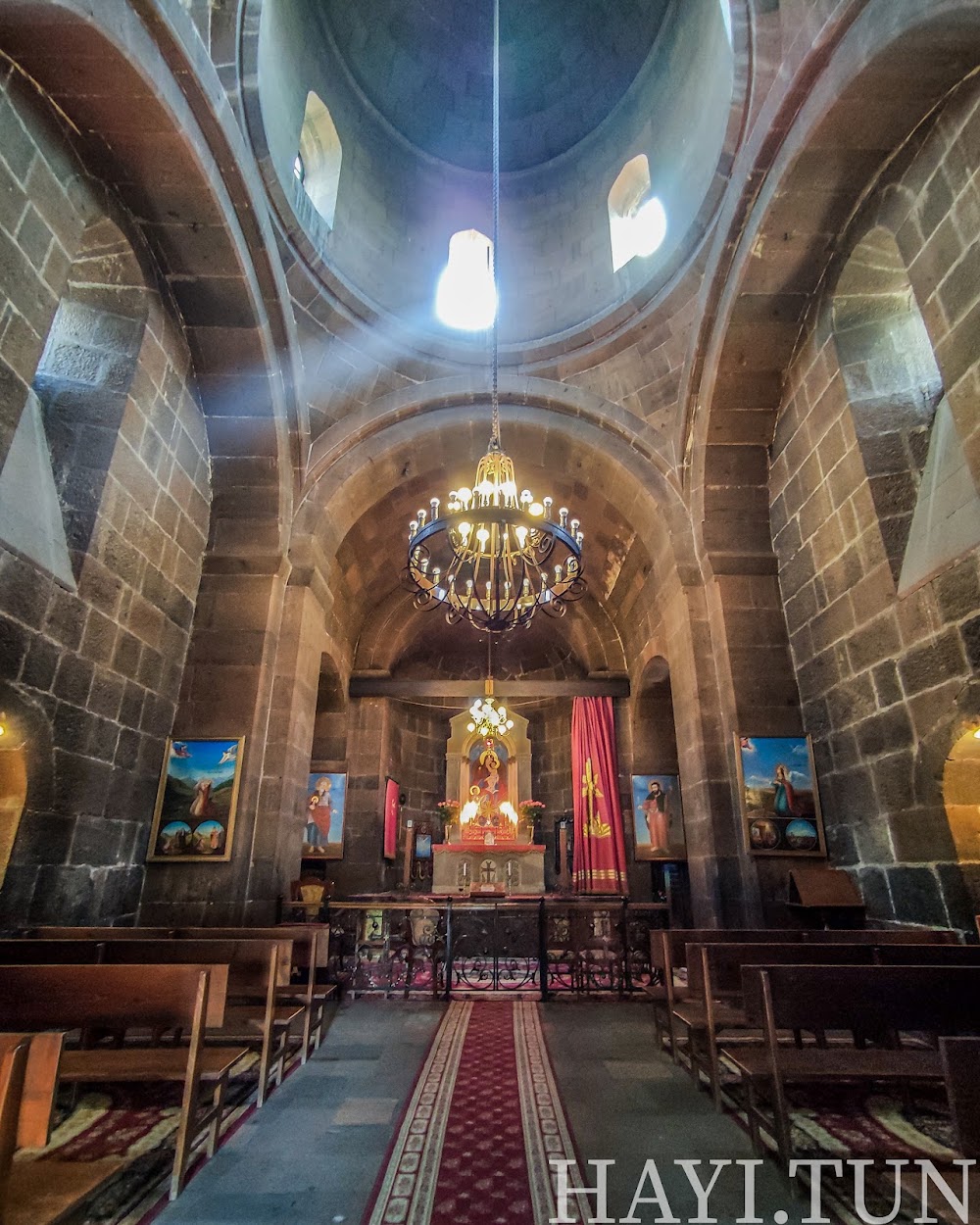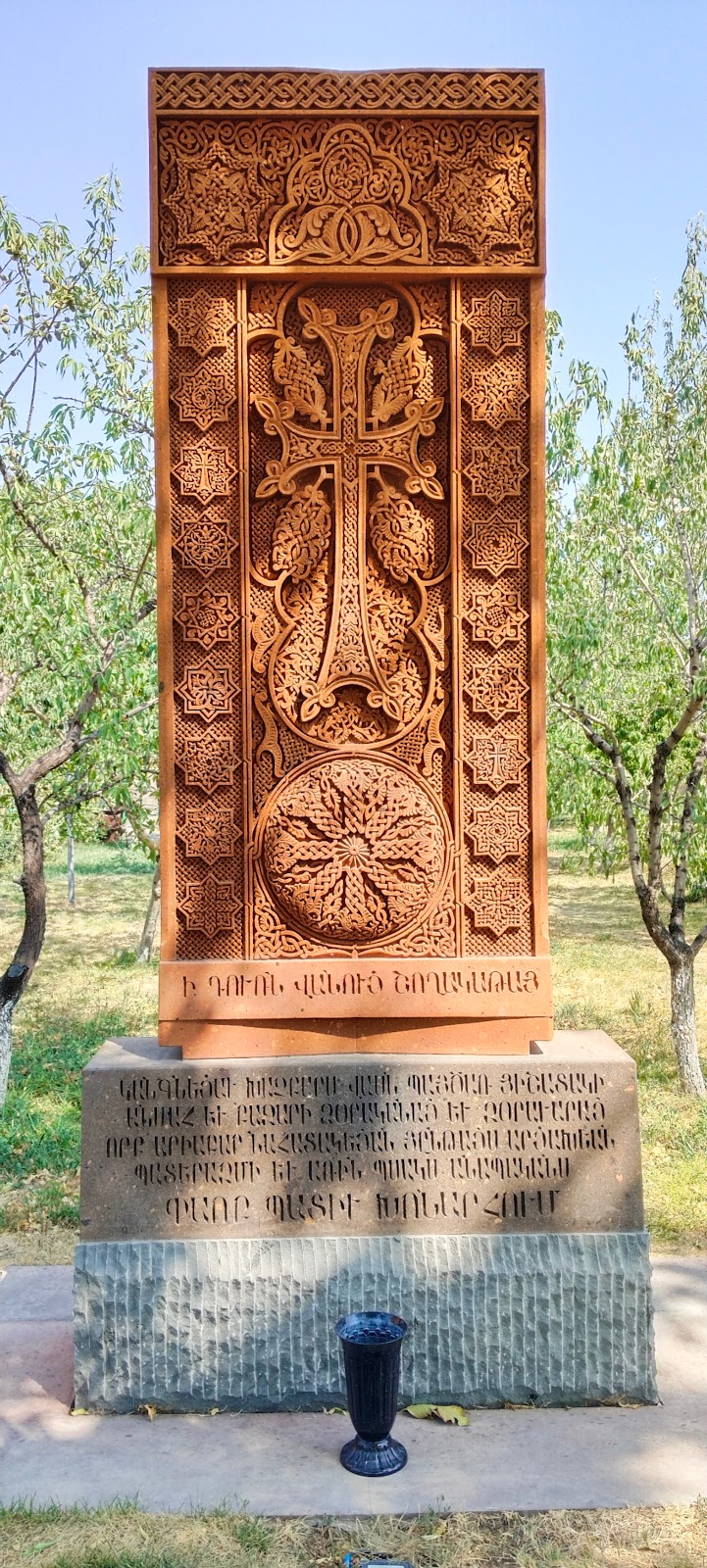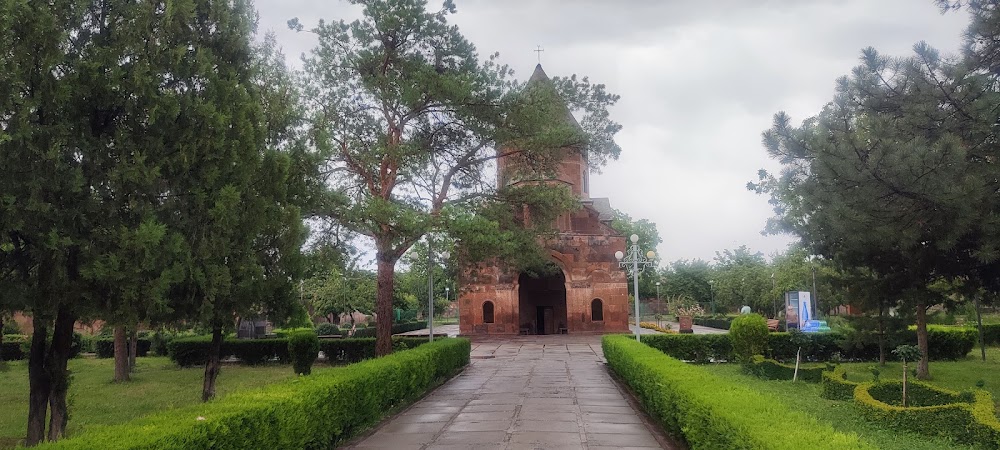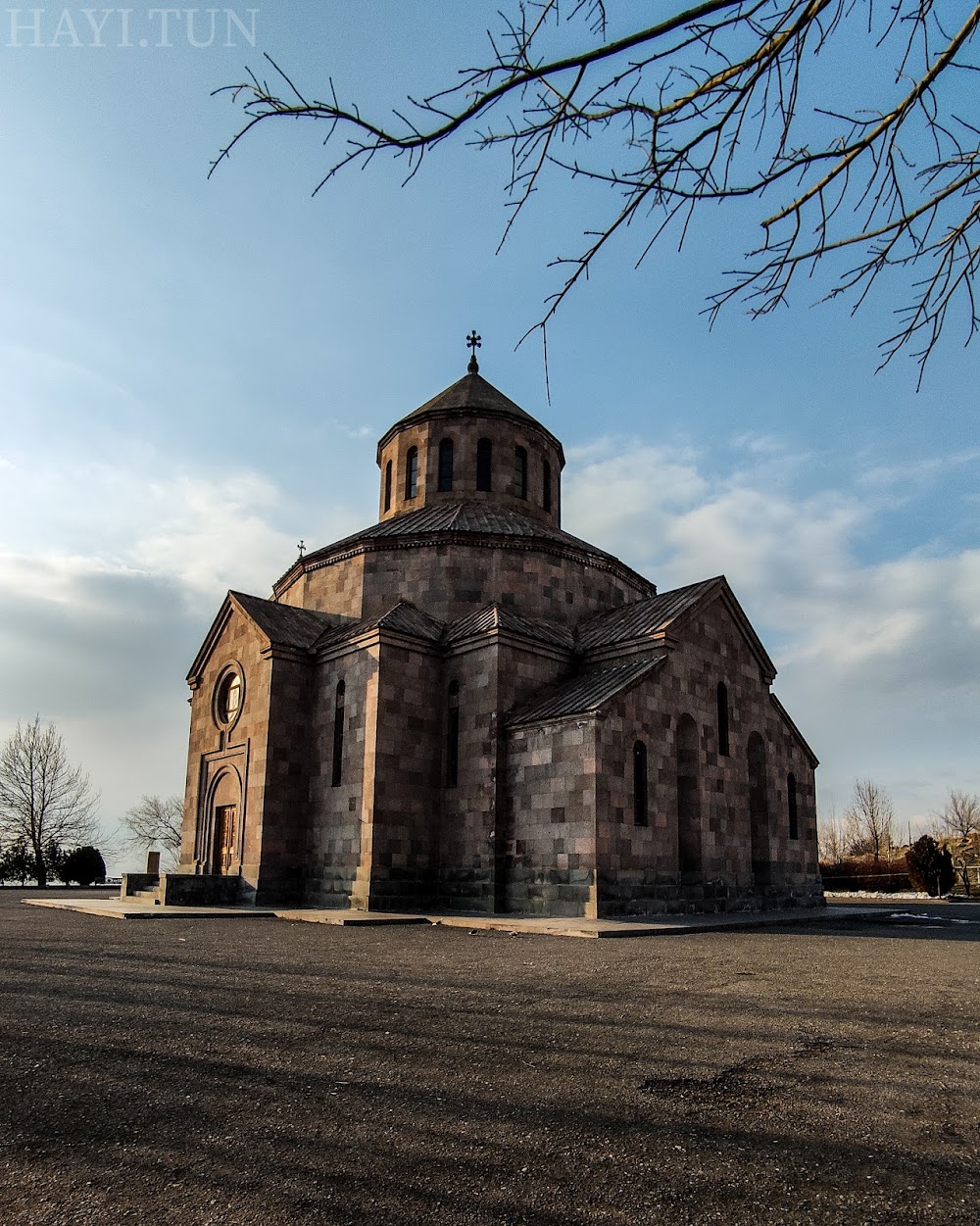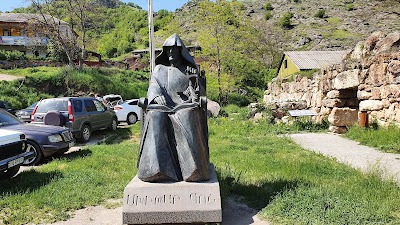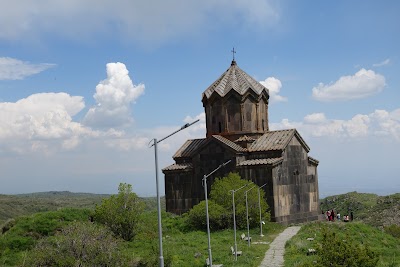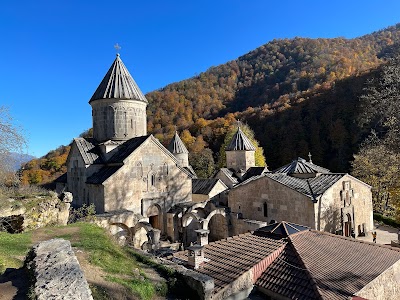St. Shoghakat Church (Սուրբ Շողակաթ եկեղեցի)
Overview
Overview of Shoghakat Church
Shoghakat Church, officially known as St. Shoghakat Church, is a remarkable historical and religious monument nestled in the picturesque Armavir Region of Armenia. Built in 1694 under the guidance of Catholicos Nahabed I, this church commemorates the martyrdom of the Hripsimeyan nuns. According to tradition, it stands at the spot where a ray of light—literally translating to "drop of light" in Armenian—descended from the heavens during their martyrdom, making it a poignant tribute to their memory and a vital part of Armenia's rich religious heritage.
Architectural Significance
The architecture of Shoghakat Church exemplifies the quintessential features of Armenian ecclesiastical design. Its single nave and domed basilica layout are hallmarks of traditional Armenian church architecture. The structure boasts a rectangular plan with a central dome resting on a drum, symbolizing the heavens. This magnificent dome, supported by elegant pendentives, showcases the ingenuity and craftsmanship of the builders, reflecting centuries of architectural tradition.
Materials and Construction
Constructed primarily from local tufaceous stone, Shoghakat Church has remarkably preserved its original structure and composition throughout the centuries. Skilled stonemasons meticulously cut and polished each stone block, a craft that highlights the expertise of Armenian builders. Unlike many other Armenian churches adorned with intricate decorations, the relatively unadorned walls of Shoghakat allow visitors to appreciate the simplicity and strength of its form.
Interior Atmosphere
Inside, Shoghakat Church offers a modest yet deeply spiritual ambiance. Natural light filters gracefully through the windows beneath the dome, creating an ethereal atmosphere that enhances the church's serene environment. While the interior is not heavily decorated with frescoes, the plain stone walls and arched passages evoke a sense of timeless devotion. The focal point of the interior is the central altar, which is elaborately decorated during church services, adding to the sanctity of the space.
Community Involvement in Construction
The construction of Shoghakat Church was a communal effort, deeply rooted in the support of the local populace and church authorities. As is common with many Armenian churches, the building process required meticulous planning and a profound understanding of traditional materials and methods. Skilled artisans, carpenters, and laborers collaborated to ensure that this sacred space would endure for generations.
UNESCO World Heritage Site
Recognized for its historical and religious importance, Shoghakat Church has been part of the UNESCO World Heritage Site list since 2000, alongside the Echmiadzin Cathedral and Churches of Vagharshapat. This designation not only acknowledges its cultural and architectural significance but also plays a crucial role in its ongoing preservation and maintenance efforts.
Surrounding Historical Context
Visitors to Shoghakat Church can also explore the remnants of other ancient structures and khachkars (carved cross-stones) in the vicinity, which are characteristic of the Armenian landscape. These additional monuments enhance the historical aura of the site, offering valuable insights into the region's multifaceted religious history.
A Living Place of Worship
Today, Shoghakat Church remains an active place of worship and pilgrimage. It offers a glimpse into Armenia's spiritual and architectural heritage for both locals and visitors. Regular services, liturgical ceremonies, and special events continue to be held here, ensuring that this revered site remains a vibrant part of the communal and religious life of the region.
Conclusion
In summary, Shoghakat Church is not just an architectural marvel; it stands as a testament to the resilience and faith of the Armenian people. Built with extraordinary skill and maintaining its historical essence over the centuries, it shines as a beacon of light and spirituality in the Armavir Region of Armenia.


